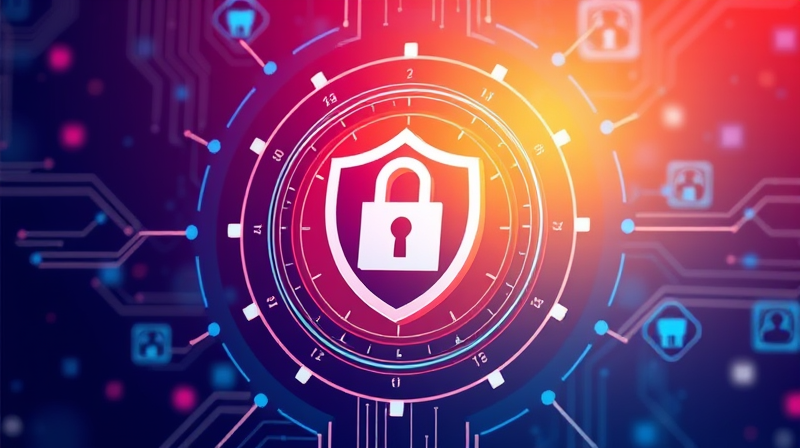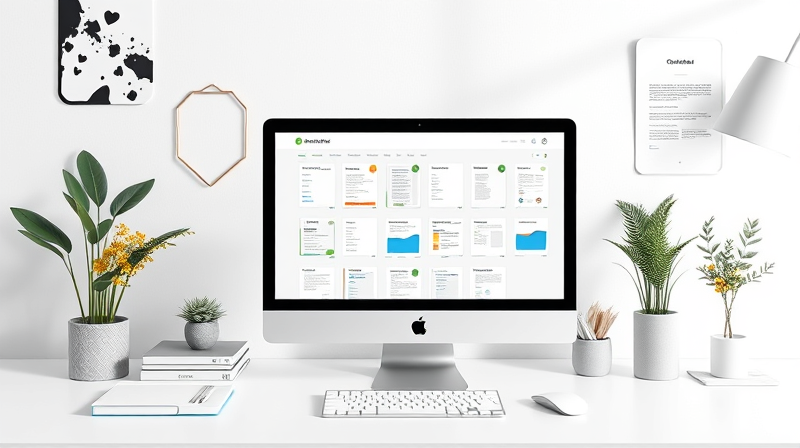In today’s digital world, personal data is both a valuable asset and a prime target for cybercriminals. As technology evolves and threats become more advanced, it is essential to adopt a layered security approach that harnesses a combination of tactics to safeguard your sensitive information. In this article, we explore comprehensive strategies that include technology, policy, and proactive user behavior to ensure your personal data remains protected.
The Foundation of Layered Security
The term layered security, often known as "defense in depth," refers to the use of multiple overlapping measures that work together to secure personal data. If one layer fails, others continue to provide protection. This multi-faceted approach is essential in a world where attackers are consistently finding new ways to exploit vulnerabilities.
Layered security is not just about installing software or hardware solutions; it’s about cultivating a security mindset that embraces technological, procedural, and personal safeguards. Integrating these measures creates a resilient system that defends against both external and internal threats.
Below, we discuss several core tactics that form the backbone of an effective layered security strategy for personal data protection.
1. Strong Authentication and Password Hygiene
Always use strong, unique passwords for each account. A robust mix of letters, numbers, and symbols is crucial, along with the regular use of password managers to handle complex credentials.
Avoid password reuse across services to eliminate potential vulnerabilities.
Enabling multi-factor authentication (MFA) adds an extra layer of security by requiring a second form of verification, such as a numeric code or biometric scan.
2. Encryption Everywhere
Encrypt your data both in transit and at rest. Implement modern encryption protocols like TLS for data communications and AES-256 for storage.
Keep encryption methods up to date to protect against emerging vulnerabilities.
Protect your backups by ensuring they are also encrypted, thereby safeguarding archived personal data.
3. Proactive Software and Network Defense
Maintain a habit of updating all operating systems, applications, and devices with the latest security patches. Enabling automatic updates wherever possible minimizes the risk of exploitation.
Use reputable antivirus, anti-malware, and anti-spyware software to conduct regular scans. This helps in early detection and remediation of threats.
Integrate both software and hardware firewalls to monitor and block unauthorized network access effectively.
4. Securing Home and Work Networks
Ensure your WiFi network is secured with advanced protocols like WPA3 and change default router passwords immediately after setup.
Avoid conducting sensitive activities on public WiFi networks unless protected by a trustworthy VPN.
Regularly review your network for any unfamiliar devices or suspicious connections.
5. Data Loss Prevention and Access Controls
Deploy Data Loss Prevention (DLP) solutions across your digital environments including web, email, and mobile endpoints to prevent accidental data exposure.
Adopt a zero trust security framework to verify every user and device before granting access to sensitive data.
Perform regular audits to ensure only necessary permissions are granted and promptly remove any excess access rights.
6. Device and Application Controls
Focus on controlling access to sensitive information on devices that are not managed by your IT team, such as those under a BYOD policy. Tools like browser isolation and endpoint DLP can help prevent unauthorized copying or printing of data.
Monitor and adjust configurations on SaaS platforms and cloud services promptly to reduce risks arising from misconfigurations.
7. Compliance and Policy Transparency
Keep abreast of regulatory requirements such as GDPR, CCPA, HIPAA, and others that affect personal and organizational data practices.
Establish and maintain clear, transparent privacy policies that detail data collection, usage, and retention practices. Trust and transparency are key in building long-lasting relationships with users.
Utilize visual aids and interactive tools to help users understand data practices, ensuring they can easily access their privacy controls and support.
8. User Education and Annual Security Reviews
Educate yourself and those around you in the best practices of cyber hygiene. Regular training on phishing, secure browsings, and online behaviors is paramount.
Annual reviews of your digital footprint are crucial. Close dormant accounts, verify app permissions, and continuously monitor for data breaches to keep your data secure.
The multifaceted implementations discussed above are not merely recommendations but necessary steps to build a robust security posture. Understanding each layer and ensuring they work together effectively minimizes the chances of breaches and data misuse.
Modern cyber threats are sophisticated, often targeting the simplest vulnerabilities such as weak passwords or outdated software. The result is a pressing need to develop a strategy that does more than just react to threats, but actively prevents them. By combining cutting-edge technology with sound policy measures and consistent user education, you can create a resilient defense system that adapts to new challenges.
This layered approach not only protects your personal data but also empowers you to make informed decisions in your digital life. Whether you are protecting data in a personal or professional context, ensuring each safety measure is in place provides peace of mind and builds trust in your security practices.
Security is an ongoing process rather than a one-time fix. As new vulnerabilities surface, updating and refining your defenses is essential. Commitment to continuous improvement in the methods used to protect personal data is key to staying ahead of cybercriminals.
Embrace these layered security tactics to ensure that even if one measure fails, your personal data remains shielded by multiple other defenses. Remember, every layer adds a level of difficulty for potential attackers, making your overall security much stronger. Ultimately, a comprehensive security strategy not only protects data but also reinforces your reputation and trust with your peers and clients.
By taking these steps, you create a resilient environment that supports informed and secure interactions in the digital landscape. Stay vigilant, remain proactive, and dedicate yourself to a culture of continuous improvement in protecting your personal and organizational data.








